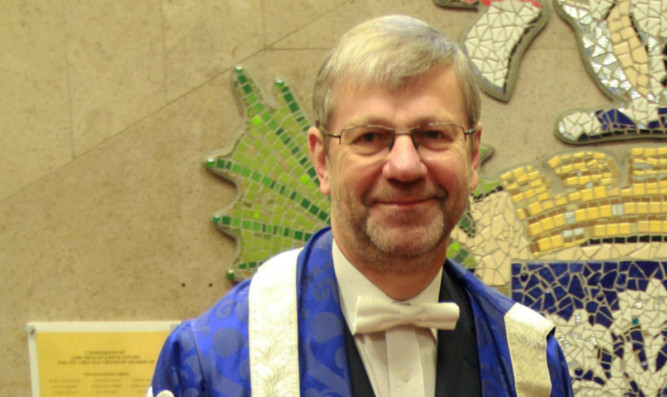The principal of Dundee University has backed a Scottish Government drive to widen access to higher education.
Professor Pete Downes said exam results should not be the only way of deciding who gets a university place and he promised he would do more to recruit students from poor areas.
Its summer school has helped the university do better than average when it comes to attracting students from difficult family or social circumstances.
Professor Downes said: “But even so, as part of the recent bid we decided we could do even better and have undertaken to recruit an additional 150 students from deprived backgrounds next year.”
He said the Scottish Government’s goal of widening access was laudable, and he believed anyone who argued recruiting such students risked harming the university’s league table position were ill-informed.
“To lead this agenda we have to find innovative ways to identify the potential they have for any given course.
“To some degree this is already being addressed through the development of contextualised admissions, but this is still in its infancy.”
The university’s medical school is now making use of multiple mini-interviews, or MMIs, in which applicants work through a series of scenarios and challenges to see who can demonstrate the qualities needed to be a doctor.
Professor Downes said: “Research into the outcomes of such an approach further down the line seems to support the methodology as a more reliable predictor of achievement than exam results alone.
“The medicine model also uses a self-assessment process to determine degrees of deprivation during a candidate’s upbringing, an approach which is likely to be much more accurate than the current reliance on domestic postcodes.
“This approach may also be suited to a broad range of disciplines and could enable to university to spot potential at an early stage. This could be an area in which we can be truly leading if we get it right.
“Perhaps the biggest challenge, though, is that we will need to provide students from less privileged backgrounds with the right support and resources to ensure that they can succeed.”
